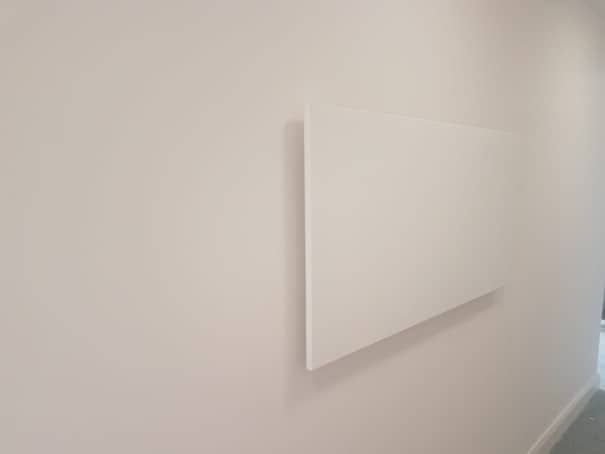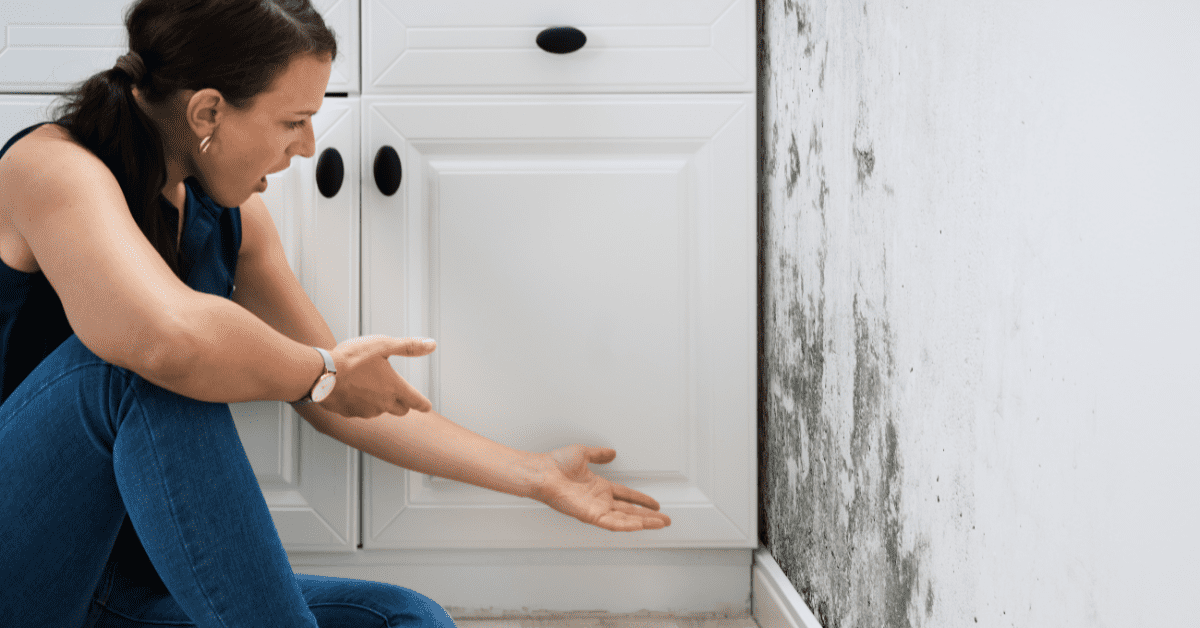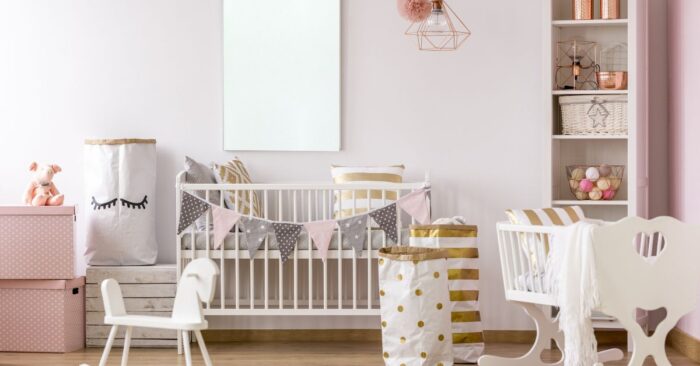Unfortunately, with the cooler weather, this stubborn enemy appears in mould-prone properties and is very difficult to fight. But what do we do if we are struggling with it? Firstly, remove the mould and then prevent it from re-emerging. How? We'll show you!
What causes mould?
The primary cause of mould growth is poor ventilation and condensation in a home. Sometimes mould disappears in the summer, but unfortunately we can be sure that it will return when the weather gets cooler. It is also an increased problem in winter because not all rooms are necessarily heated properly, creating damp patches which encourage the spread.
Why it is important to address it
Mould is not only an aesthetic problem, but also a serious health risk! So it's not just ruining your walls, it can also cause respiratory diseases, infections and allergies. We may not notice the symptoms immediately, but we will almost certainly feel the effects in the long term.
Removing mould at home
If you don't want to leave the removal of mould to a professional, you need to use home remedies! It's important to intervene at the very beginning of mould growth so that you can even save your wall paint. We recommend using products sold in spray bottles in drugstores, which work really well. What you need to do is to cover the sofa and the floor, remove all plants and other objects from the vicinity. Also wear old sunglasses and a mask to protect yourself and spray in clothes you don't regret. Spray the mouldy wall surface and then leave the apartment for a few hours. Open the windows and ventilate for a few hours if possible. In fact, if you feel like leaving the house, if you don't, you'll have a chemical smell in the house that you won't really have a choice. After a few hours, we can return to our home and if we have chosen the right product, our walls will be back to normal.
Prevention of mould
It is not enough to remove mould, prevention is important. It is very important that the affected room is properly heated in winter. With conventional heating, this is often impossible because, for example, if there is no proper ventilation, the condensation in the house will cause the walls to become wet. Heating systems that rely on heating the air cannot properly reheat the walls, so they remain cold and damp all the time.
What is the solution?
With an infra-panel that is very easy to obtain and can be installed without destruction, the problem of mould growth can be eliminated completely. The infrared panel heats not the air but the objects in the room and the walls directly, keeping them warm. This prevents the growth of mould. Another factor that helps to prevent the spread of mould is that the infra-panel does not create air currents because it does not heat the air, making it much more difficult for spores to spread. If they were to develop, but a suitable with infrared heating the problem of mould can be solved completely.

How much will it cost me?
To calculate the power of the infrared panel you need, you can our calculator with your help! You can buy our current products on our webshop, or email via. If you have any questions, please contact us contact us at, we can even help you with the installation!







